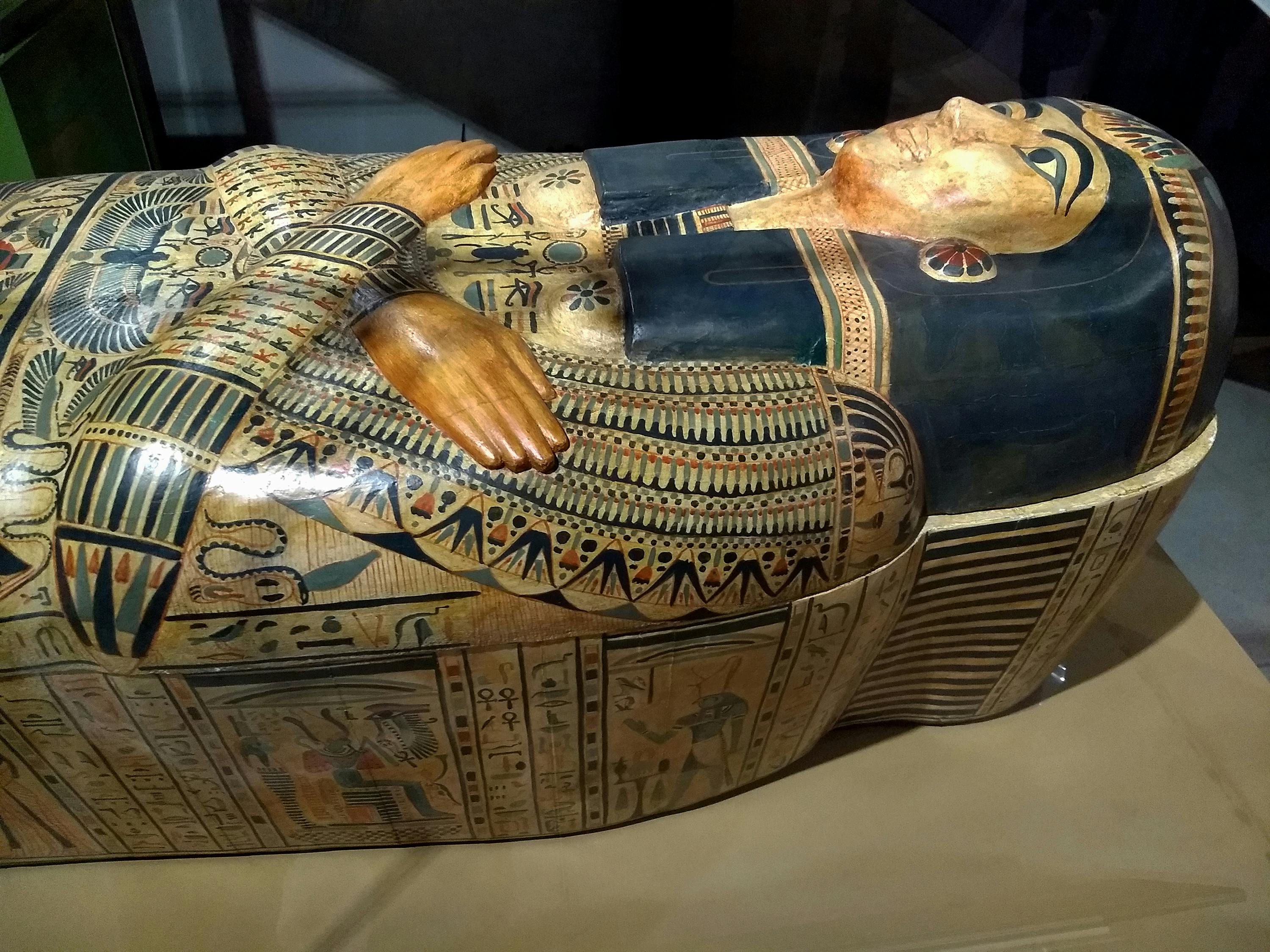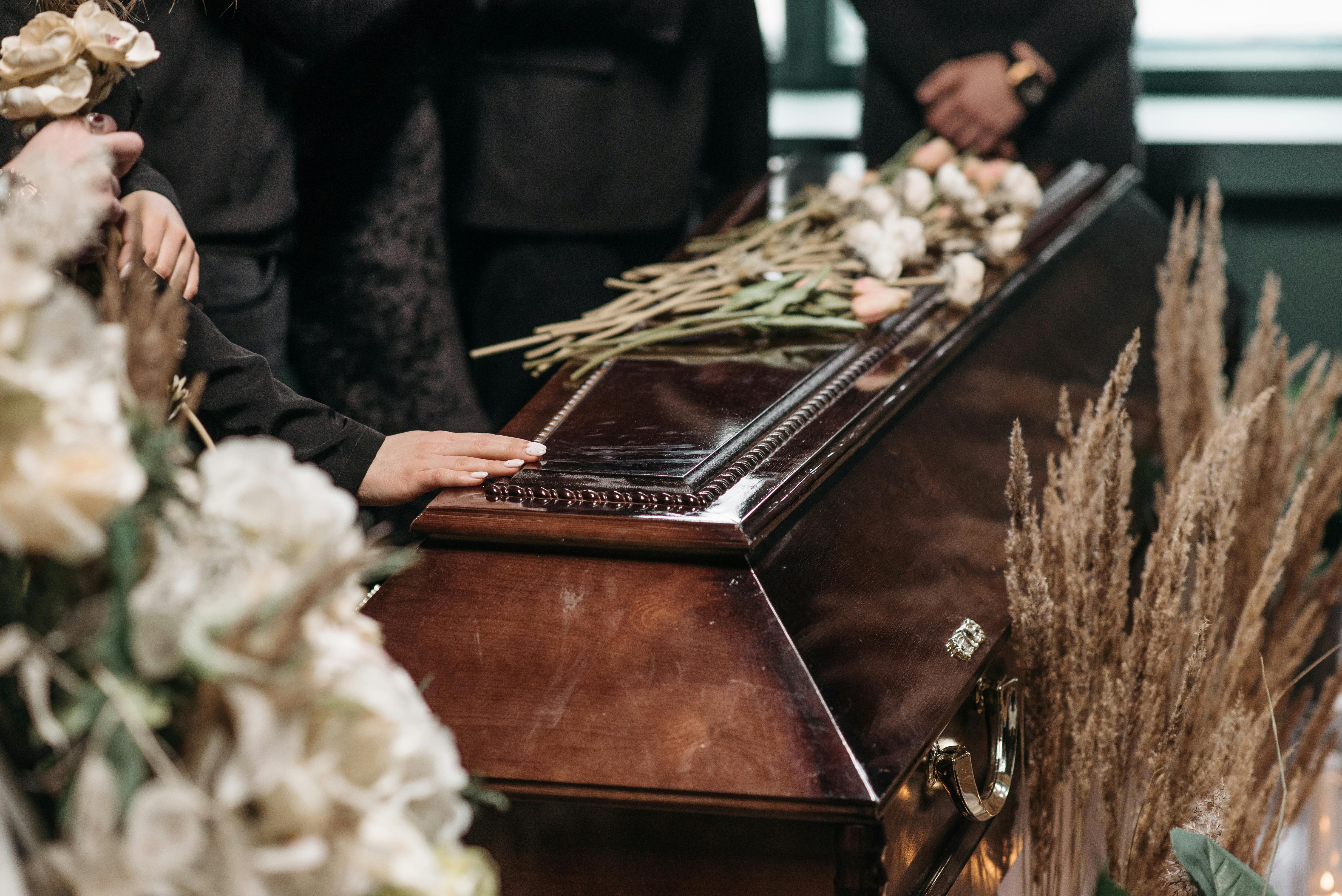The orb and sceptre are integral components of the coffin, and it is essential that they are securely fixed. This is usually achieved by attaching the orb and sceptre to the lid of the coffin with screws or nails, which are then hidden by decorative metal or wooden plates. Alternatively, they may be held in place with a metal clasp, which is also typically concealed. The type of attachment used will depend on the style and composition of the coffin.The Orb and Sceptre are symbols of the British monarchy. The Orb is a hollow gold sphere that is decorated with precious stones and an imperial cross on top. It is held in the monarch’s right hand during official coronation ceremonies. The Sceptre is a staff that has a cross on top with a diamond or other precious stone. It is held in the monarch’s left hand during official coronation ceremonies. Together, they represent the power of the monarch as head of state and serve as symbols of justice, authority, and wisdom.
What are Headers?
Headers are HTML tags used to designate the start of a header or subheader within an HTML document. Headers are used to organize and structure the content of a web page, making it easier for readers to find the information they are looking for. They also help search engine algorithms index and rank web pages more accurately. Headers can range from
(the largest) to
(the smallest), depending on how much detail you want to provide in your website’s structure.
What is Their Significance?
What is Their Significance?
Headers play an important role in helping visitors navigate a website, providing an outline of the main topics discussed on each page and allowing users to find specific content quickly. They also help search engine algorithms understand the structure of a website, making it easier for them to index and rank webpages accurately. Headers also add visual appeal to a page, making it easier for readers to scan and identify what is important.
How are the Orb and Sceptre Attached to the Coffin?
The orb and sceptre are two important symbols of power and authority, which are typically found attached to a coffin. In most cases, the orb and sceptre are firmly secured to the top of the coffin, with a metal band or ribbon that wraps around them. This ensures that they won’t fall off while the coffin is being carried during a funeral procession. Additionally, they may also be secured with a special locking mechanism or by placing objects such as coins on top of them. The presence of these symbols on a coffin signifies that the deceased was an important figure who had achieved great things in their life.
The orb is typically made out of gold or silver and is shaped like a sphere or globe. It symbolizes power, strength, justice and wisdom. On the other hand, the sceptre is usually made out of wood or metal and is shaped like a staff or rod. It represents authority and leadership. Together, these two objects represent power, justice and wisdom – all essential qualities for any ruler or leader in life. By attaching them to the coffin during a funeral procession, it serves as a reminder that the deceased was an important figure with great qualities that should be remembered even after death.
Materials Used for Attachment
Attachment materials are used to join two or more objects together. Most commonly, attachment materials are used to secure components of a structure or for the purpose of product assembly. There are a variety of materials used for attachment, depending on the application and the desired outcome. Common materials used for attachment include adhesives, nails, screws, bolts and rivets.
Adhesives are a popular choice among many industries due to their ability to provide an immediate bond while remaining flexible enough to allow for some movement of the attached objects. Adhesives come in a variety of forms such as liquid glue, epoxy resin and hot melt glue. Each type has its own properties that make it more suitable for certain applications than others.
Nails are most commonly used in construction and carpentry projects where strength is required. Nails come in various sizes and shapes depending on the application and can be either hammered in or driven by a power nailer. They can also be made from different metals such as steel or aluminum allowing them to be used in a variety of environments including outdoors where corrosion resistance is needed.
Screws provide increased strength and durability compared to nails when attaching objects together as they thread into pre-drilled holes which prevents them from coming loose over time due to vibration or movement of the attached objects. Screws come in different shapes, sizes and lengths making them suitable for many applications including hanging frames on walls or attaching furniture legs to tables.
Bolts are similar to screws but they usually have larger heads that require nuts to secure them into place rather than being threaded directly into a hole like screws do. Bolts also offer increased strength compared with screws due to the presence of nuts which add additional holding power when tightened down with a wrench or ratchet set.
Rivets are one of the oldest forms of fasteners still in use today and offer an extremely strong connection between two joined objects due their unique design that allows both ends of the rivet to compress against each other when installed properly with a rivet gun. Rivets can be made from metal, plastic or even composite materials making them suitable for a wide range of applications including aerospace engineering, automotive manufacturing and consumer products assembly.
Are there any Special Requirements for Attachment?
In certain cases, attachments may require special requirements. For example, if the attachment is a document that needs to be signed or an image with a specific format, then there are certain procedures that need to be followed. Additionally, if the attachment contains confidential information, then it must be secured properly. This can include encrypting the file or using secure protocols such as SFTP or HTTPS. Furthermore, if the attachment is to be sent via email, then it should be sent through a secure email service provider. All of these steps are necessary in order to ensure the security and integrity of the attachment.
It is important to note that these special requirements may vary depending on the type of attachment being sent and the security policies of the organization. As such, it is important to consult with relevant stakeholders before sending an attachment in order to ensure that all requirements are met and that security measures are in place.

Attaching the Orb and Sceptre
Attaching the orb and sceptre is a relatively simple process that can be completed in a matter of minutes. The orb and sceptre are typically attached by using metal clasps or screws. Depending on the size and design of the orb and sceptre, it may require two people to attach them together.
The first step is to align the two pieces together. Make sure that the top of the sceptre is facing up towards the sky, and align it with the bottom of the orb. Once both pieces are in place, secure them together with metal clasps or screws. It is important to make sure all pieces are securely fastened together, as this will ensure that your orb and sceptre remain securely attached for years to come.
The entire process should take no longer than 15 minutes, depending on how many clasps or screws are used and how quickly you can secure them into place. Once everything is securely fastened, your orb and sceptre will be ready for display!
Different Types of Coffin Require Different Attachments
Different types of coffins require different attachments depending on the purpose. Wooden coffins generally require metal handles, screws and other pieces to hold the lid in place, while metal coffins normally require bolts and rivets to attach the lid securely. Some metal coffins also require hinges and locks to keep the lid secure.
Coffin liners are also available which are designed to protect the coffin and provide a smooth surface for the lid to slide shut. These liners may be made of wood or metal, and they may be attached with nails, screws or special clips. The type of attachment used will depend on the material of the coffin as well as its weight.
In addition to attachments for the coffin itself, other accessories are available for added security and decoration. These include handles for carrying a coffin, straps to keep it secure during transport, plaques for identification purposes, and even decorative items such as flowers or ribbons. Depending on the type of funeral service being held, different attachments may be needed in order to provide a dignified appearance for the deceased.
Finally, some people opt for personalized coffins with images or words printed on them. These types of coffins often require special attachment methods in order to ensure that they look professional and that they stay securely attached during transport.
Overall, different types of coffins require different kinds of attachments depending on their purpose and design. With appropriate planning and research, families can make sure that their loved one’s final resting place is dignified and secure.
Maintenance of the Orb and Sceptre
The Orb and Sceptre are important symbols of sovereignty, and as such require special care and attention. To properly maintain these items, regular cleaning, polishing, and inspection should be done to ensure their longevity. Additionally, any repairs that may be necessary should be done only by experienced professionals. It is also important to store the Orb and Sceptre in an appropriate display case or container when not in use to prevent damage or tarnish.
Furthermore, it is important to keep the meaning of these symbols in mind at all times and handle them with respect. The Orb and Sceptre are symbols of power and authority that should be treated with dignity. Any use or display of these items should be done in a manner that reflects their importance.
Finally, it is important to have access to reliable resources for information related to the maintenance and care of the Orb and Sceptre. This includes having access to manuals that detail how to properly clean and store them, as well as contact information for qualified repair specialists who can inspect them if necessary. Having this information readily available ensures that these items will remain beautiful for years to come.

Conclusion
The orb and sceptre are fixed to the coffin securely. The craftsmanship of the coffin is of a high standard, ensuring that the pieces of jewellery remain securely in place. The lid is also secured, with a latch or two for extra security to make sure that the items will not be disturbed or stolen. There are several methods used to secure the pieces, from simple nails and screws to more intricate methods such as glue or dowels. Whichever method is used, it ensures that the pieces remain firmly in place and safe from theft or damage.
In conclusion, the orb and sceptre are fixed to the coffin in an effective way that ensures their safety and security. With careful craftsmanship and attention to detail, these valuable items can remain secure for generations to come.
